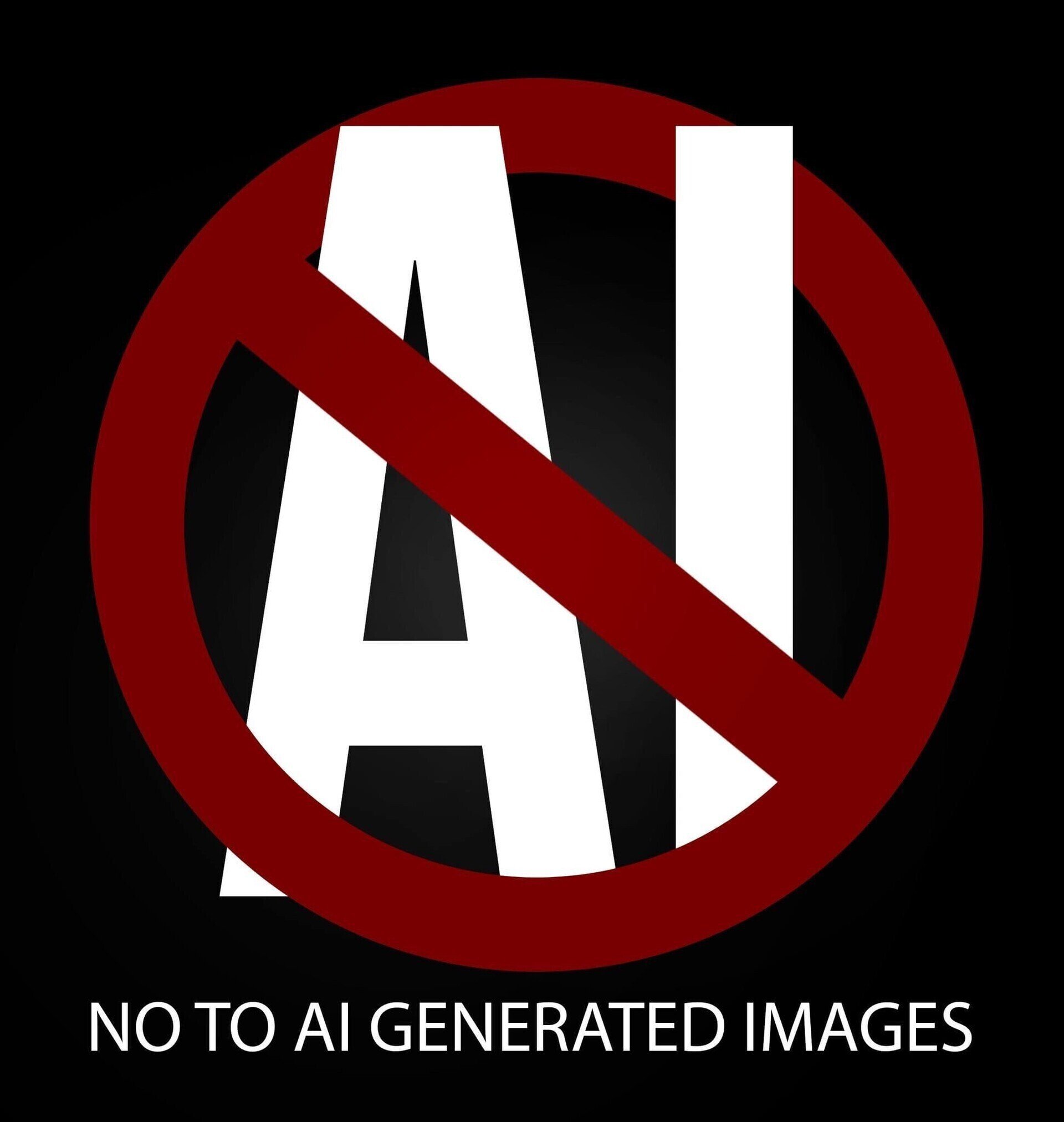

Matrix org isn’t obligated to run a public instance at all - they could stick to developing the spec, and let other people run instances.
And honestly maybe they should, because then we wouldn’t have this huge consolidation problem on matrix.org in the first place.

Reading your comment I got worried about disk writes, so I’m glad this info is on the website:
Sensible design decision, because writing video to your SSD 24/7 wouldn’t do anything good for the lifespan of the drive.